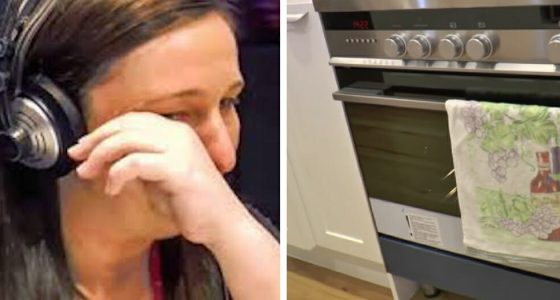At 37, Amanda Hyne was juggling life with two young children—an 18-month-old and a 4-year-old—when her symptoms first appeared.
“They’re incredible and so much fun, but it’s definitely a lot to manage,” she shared with The Post. “There’s a lot on my plate.”
Working as a clinical social worker at Mount Sinai’s Inflammatory Bowel Disease Center, Amanda thought she was simply battling a stubborn cold amid the chaos of parenting.
“But by the end of October, things started to get much worse,” she recalled.
“The fatigue was becoming overwhelming,” she explained.
That fall, while on a work trip to Australia with her husband—a passionate surfer—the headaches grew more intense.
“I reached the point where I needed to take Excedrin at least once a day just to get through the day and even to get out of bed,” she said.
“It was horrible — almost like having a labor contraction in my head or someone stabbing me with an ice pick,” she said.
But when she returned home, her condition only deteriorated.
“I would wake up feeling awful,” she shared.
“No matter how much I slept, nothing helped. I’d go to work, see patients, care for the kids with my husband at night, and try to go to bed by eight. But it was like Groundhog Day — I’d wake up feeling miserable all over again.”
“I couldn’t even manage to go downstairs to get myself a yogurt for lunch,” she added. “It was that debilitating.”
At the time, she blamed it on the stress of juggling motherhood and a full-time job.
“I thought, what choice do I have? I feel awful, but the kids still need me, and my work still has to get done,” she said.
Her primary care doctor referred her to Dr. Rachel Colman, a neurologist who used to work at Mount Sinai and now practices near Amanda’s home in Connecticut. Although Dr. Colman suspected chronic migraines—worsened by daily Excedrin use—she ordered an MRI just to be safe.
It turned out to be more than migraines.
Both Amanda and Dr. Colman were stunned to learn she had a massive hemangioblastoma, a rare type of brain tumor.










